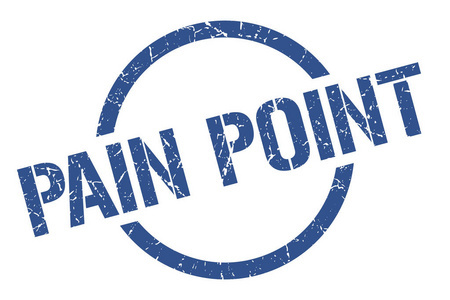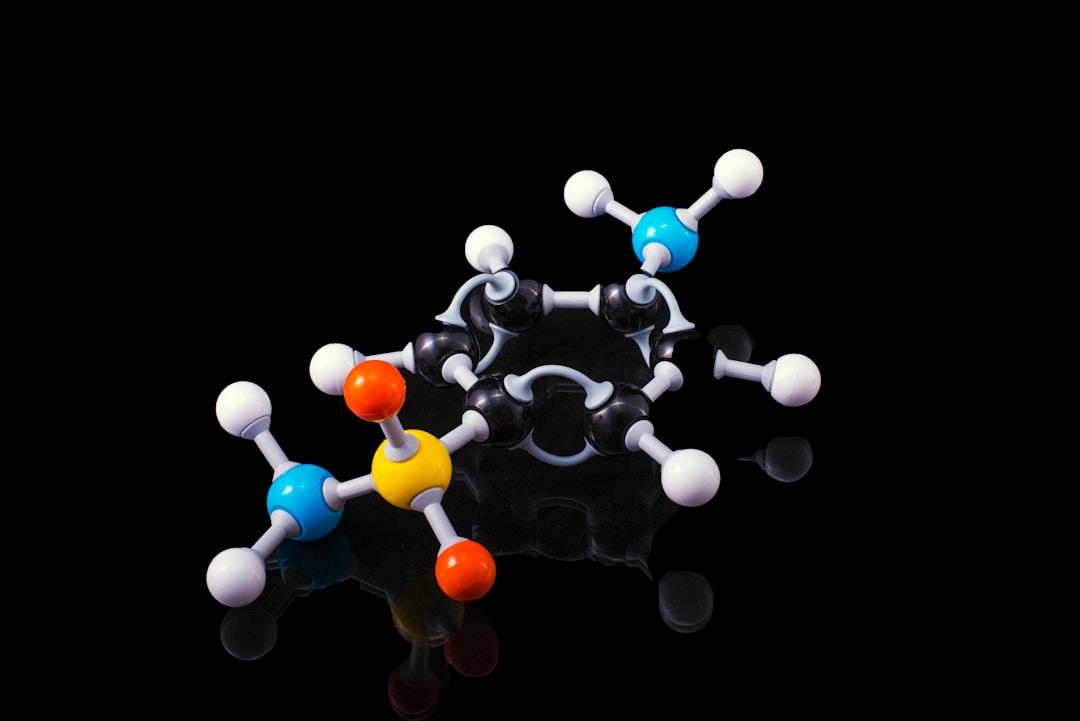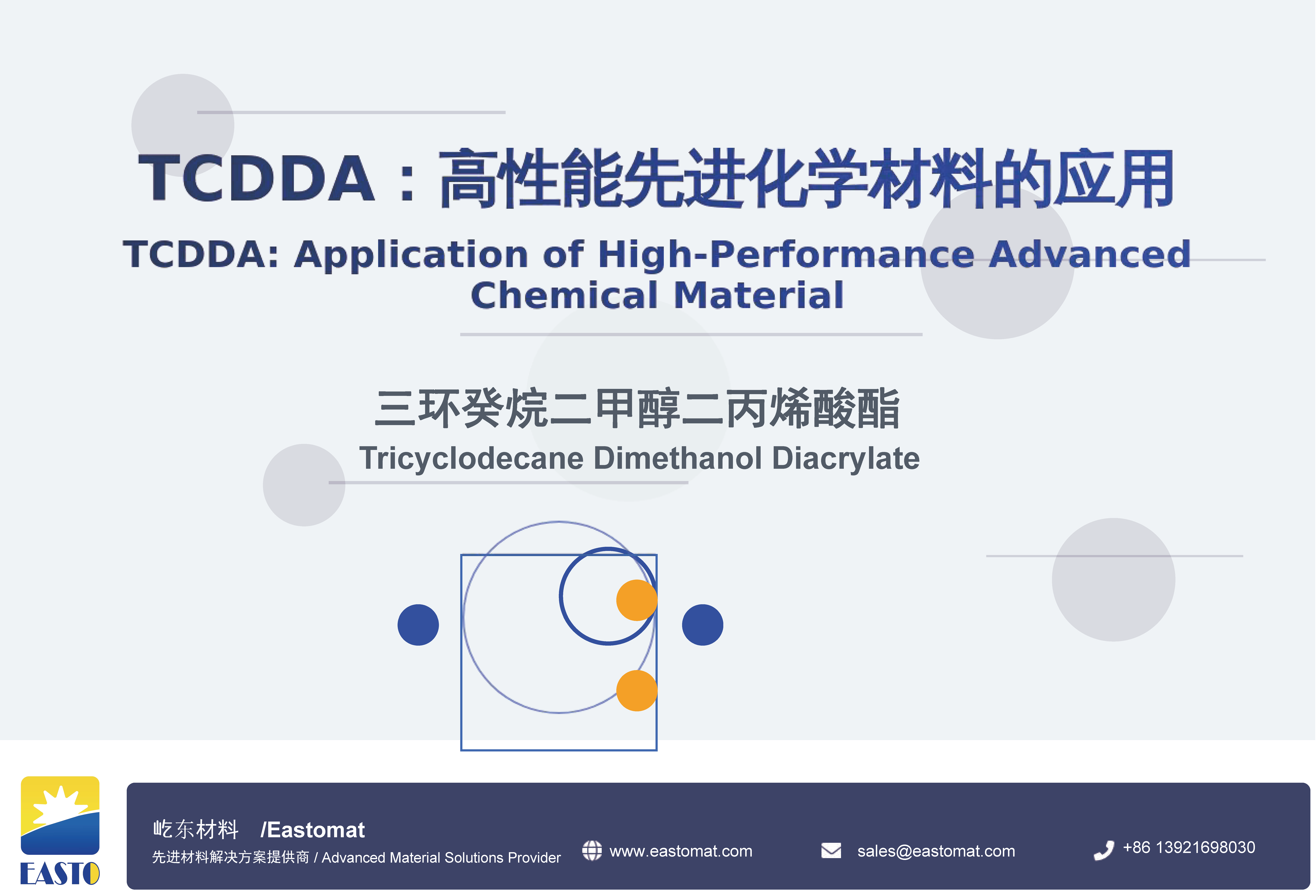The UV/EB Curing Industry in My Eyes (Part I: Growing Pains)
Release time:
2025-06-15
Hello, colleagues and friends! As a "veteran" who has been deeply involved in the UV/EB curing field for two decades, looking back, radiation curing technology, with its "5E" characteristics—fast curing, low VOCs emissions, and enhanced product performance—was once seen as an "external plug-in" for the industry, boosting efficiency and product sophistication. However, as the old saying goes, "youth knows no sorrow," and now, after enduring market trials and technological iterations, radiation curing technology has encountered numerous "growing pains."
Despite the seemingly bright facade of UV/EB curing technology, practitioners secretly harbor many "hard-to-recite scriptures." Some issues are "old and difficult," brought up year after year, causing perennial headaches.
"Old and Difficult" Problems in UV Curing
- The "Love-Hate Relationship" with Photoinitiators: Photoinitiators are the "soul" of UV curing systems, responsible for absorbing UV light energy and initiating polymerization. However, their selection and use have always been a challenge in R&D and application.
- Cost and Supply Chain: High-performance, special-band-absorbing photoinitiators are expensive, and some high-end products rely on imports. When the supply chain tightens, it causes anxiety.
- Stability and Residue: Some initiators decompose easily when exposed to light, requiring strict storage conditions. More troublesome are migration risks and yellowing issues, especially in sensitive areas like food packaging and medical devices, where residues and migration of photoinitiators and their decomposition products are industry focal points. If the reaction is incomplete, residues can pose safety hazards.
- Cost and Supply Chain: High-performance, special-band-absorbing photoinitiators are expensive, and some high-end products rely on imports. When the supply chain tightens, it causes anxiety.
- The "Ceiling" of Penetration: UV light has limited penetration. For thick coatings (e.g., over 100 micrometers), colored, or high-opacity systems, UV light often only cures the surface, leaving the deeper layers incompletely cured, resulting in a "soft-boiled egg" product that is soft and significantly reduced in adhesion and hardness. For complex 3D structures, shadowed areas are "forbidden zones" for UV light, making curing impossible, which severely restricts the broad application of UV curing.
- The "Historical Burden" of Traditional Mercury Lamps and the "Newcomer's Troubles" of LEDs:
- Traditional High-Pressure Mercury Lamps: Once the mainstream UV curing equipment, but their "historical burden" is heavy: high energy consumption, significant heat generation (a nightmare for heat-sensitive substrates), ozone production, relatively short lifespan, long warm-up times, and considerable environmental pressure due to mercury content.
- UV LED Lamps: Emerging as "newcomers," they offer many advantages: energy-saving, environmentally friendly, cold light source, long lifespan, and instant on/off. However, they are not a perfect "white moonlight": initial investment costs are significantly higher than mercury lamps, deterring many small and medium-sized enterprises. Mainstream UV LED light sources have limited wavelengths (primarily 365nm, 385nm, 395nm, 405nm), demanding more precise and stringent requirements for photoinitiator and resin formulation selection. Increasing optical power density has encountered bottlenecks, and if heat dissipation is not handled well, it can affect lifespan and stability. In some specific application areas, such as cationic curing systems, the maturity and effectiveness of UV LEDs still need improvement.
- Traditional High-Pressure Mercury Lamps: Once the mainstream UV curing equipment, but their "historical burden" is heavy: high energy consumption, significant heat generation (a nightmare for heat-sensitive substrates), ozone production, relatively short lifespan, long warm-up times, and considerable environmental pressure due to mercury content.
The "Aloofness" and "Entanglement" of EB Curing
While UV curing has its troubles, its "aloof sibling," EB curing, also has its "entanglements." EB technology eliminates the need for photoinitiators, directly using high-energy electron beams for deep, fast, and thorough curing with almost no small molecule residues, making it excellent in environmental performance and product quality. However, the promotion of this "rich and handsome" technology has not been smooth.
- The "Deterrence" of Equipment Investment: One of the biggest obstacles to EB curing's widespread adoption is its high equipment cost. Electron beam accelerators are like "Rolls-Royces" in the industry, costing millions to tens of millions, occupying large areas, and requiring specific factory and supporting facilities. This high equipment cost directly deters a large number of potential users. Reports indicate that the high cost of EB equipment is one of its main disadvantages.
- The "Delicacy" of Inert Gas Protection: Most EB curing processes require an inert atmosphere, such as nitrogen, to prevent oxygen inhibition of free radical polymerization. This increases operational complexity and running costs, akin to providing a "climate-controlled garage" for a "Rolls-Royce." Although self-shielding technologies are developing, their application scope and effectiveness are still limited.
- The "Slow Adoption" of Market Awareness and Application: Compared to UV curing, EB curing has lower market penetration and acceptance in China. Many people are unfamiliar with it, and some even harbor misconceptions like "nuclear phobia." This results in EB technology having a relatively niche application area, requiring significant time and effort for market education and promotion. Analysis suggests that the relatively low recognition of EB curing in China leads to a smaller market size.
- The "Challenges" of Technical Threshold and Talent Cultivation: EB technology involves multiple complex disciplines such as accelerator physics, high vacuum technology, and high voltage technology, demanding very high professional skills from operators and maintenance personnel. Currently, there is a shortage of such specialized talent in China, which restricts the further promotion and application of EB technology.
Common Pain Points
Both UV and EB curing face some shared "stubborn diseases."
- "Supply Chain Anxiety" for Key Raw Materials: Radiation curing relies on upstream chemical raw materials like special acrylic monomers and oligomers, and UV curing, in particular, depends on high-performance photoinitiators. Currently, China still relies on imports for some high-end products. Any fluctuation in the international trade environment or changes in foreign suppliers' strategies could lead to "bottleneck" risks. This supply chain anxiety is a hidden concern for the healthy development of the entire industry.
- "Involution" and Innovation Bottlenecks among Raw Material Manufacturers: With industry development, more domestic raw material suppliers have entered the market, leading to blind capacity expansion and increasingly fierce homogeneous competition. However, truly groundbreaking innovations, especially high-value-added products for emerging application scenarios, are relatively lacking. Insufficient investment in basic research leads to a need for overall improvement in the industry's innovation capability.
- "New Requirements" under Stricter Environmental Policies: Although radiation curing technology itself is known for being "environmentally friendly," the concept of environmental protection is dynamically evolving. As national environmental requirements continue to increase, the pressure we face is also growing. This includes not only VOCs emissions during the curing process but also environmental compliance in raw material production, biocompatibility of cured products (especially in food contact and healthcare fields), and waste treatment and recycling. These "new requirements" are pushing the industry to continuously progress.
These pain points are like "growing pains," troublesome yet indicative of vast opportunities for innovation and breakthroughs.
UV/EB CURING
Latest News
Get a Free Consultancy
NANTONG EASTO MATERIALS TECHNOLOGY CO.,LTD.

No.118,Zhujiang Rd.,Juegang St.,Rudong County,
Nantong City,Jiangsu Province,226400,China




 2025-06-15
2025-06-15







